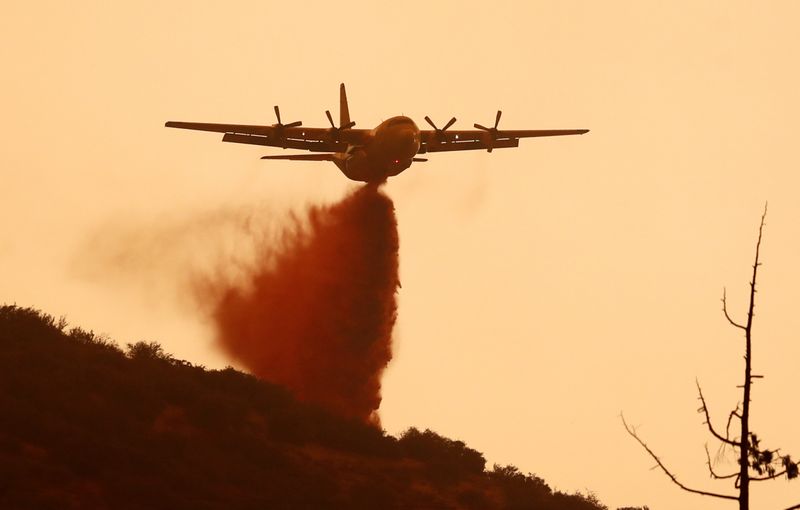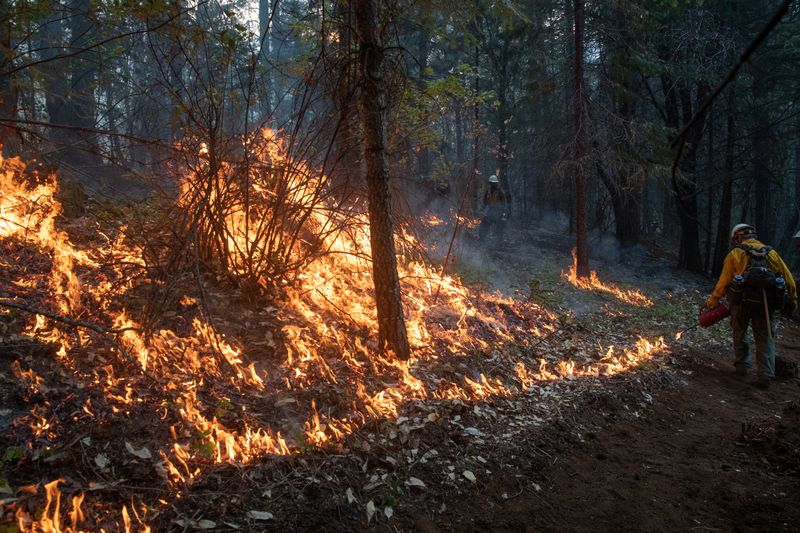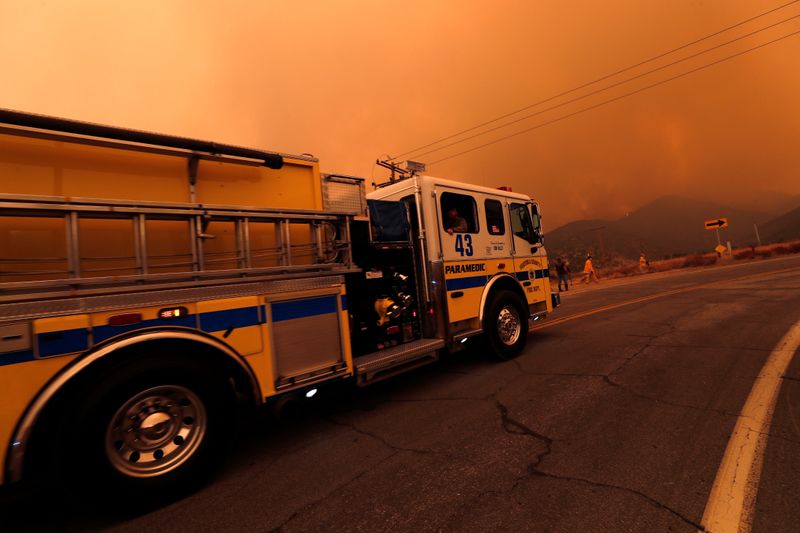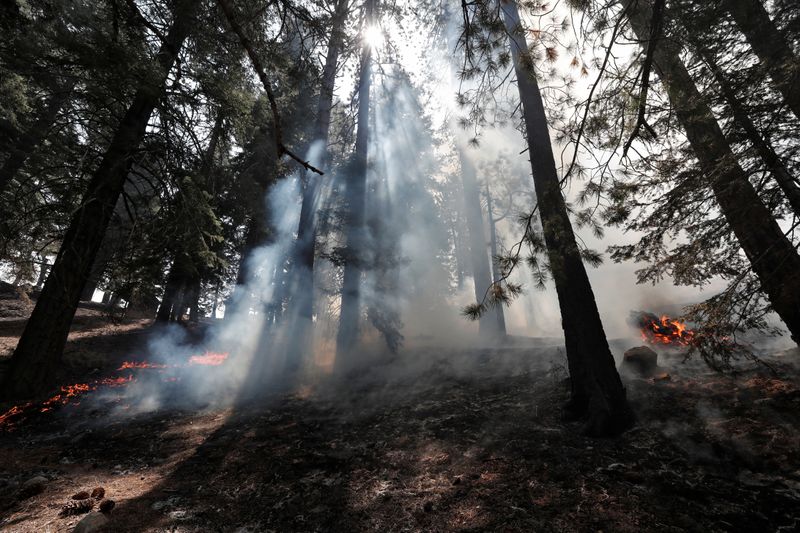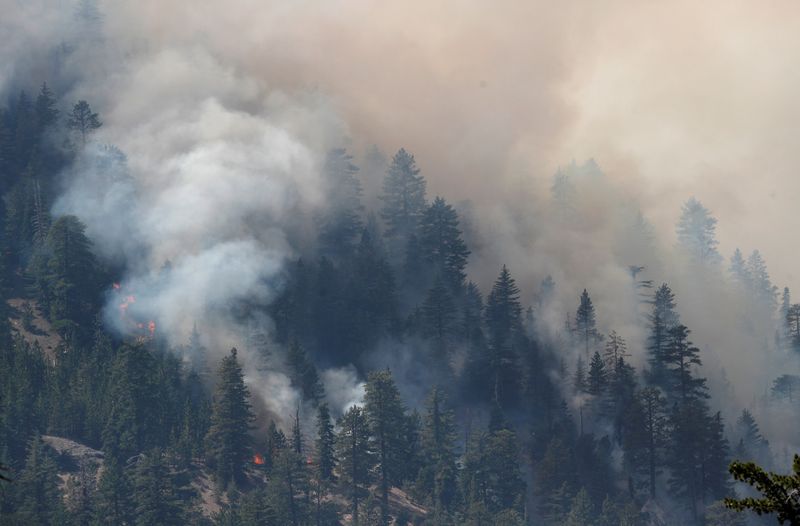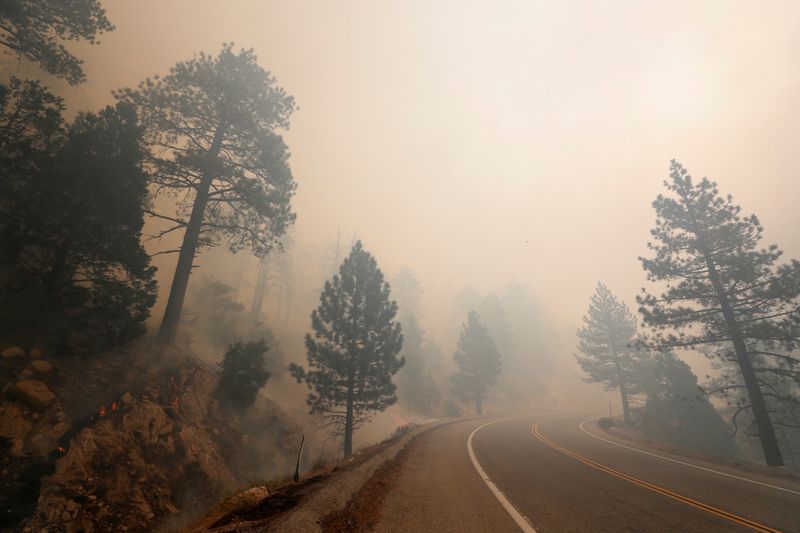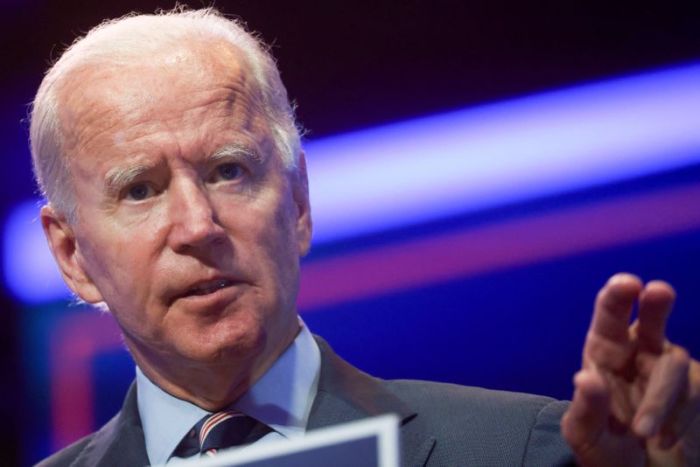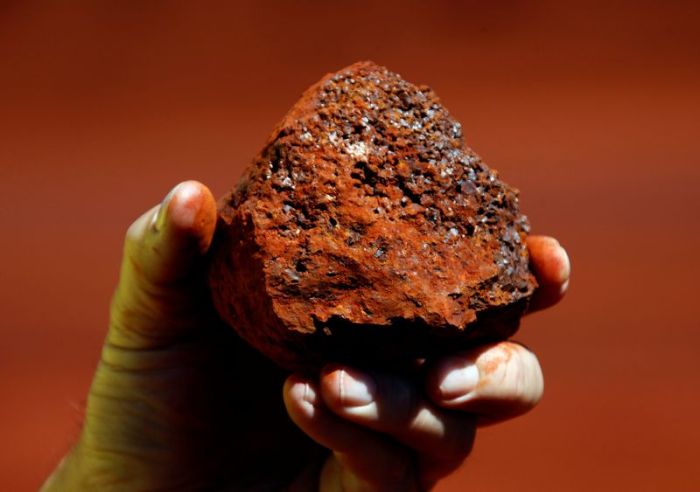MOLALLA, Ore. (Reuters) – Crews who struggled just days ago against deadly wildfires raging unchecked across California, Oregon and Washington have now taken the offensive, making substantial progress in subduing the blazes, officials in all three states said on Thursday.
Cooler, more favorable weather in the region since last week has enabled ground teams with hand tools and bulldozers to regroup and consolidate their gains while also allowing greater use of water-dropping helicopters and airplane tankers.
The region still faces a formidable recovery from the fires, which have burned some 3.2 million acres (1.3 million hectares) in California since mid-August and another 1.7 million acres (650,000 hectares) in Oregon and Washington state since Labor Day.
The fires, which scientists and officials describe as unprecedented in scope and ferocity, roared to life amid catastrophic lightning storms, a record-breaking heat wave and bouts of howling winds.
Several small towns have largely been incinerated, with thousands of dwellings destroyed and at least 34 lives lost – 25 in California, eight in Oregon and one in Washington. Thousands of evacuees, especially in Oregon, remained huddled in emergency shelters, mobile trailers and hotel rooms.
Oregon’s emergency management chief Andrew Phelps suggested the state’s death toll could climb higher as search teams scour the rubble of communities engulfed amid chaotic evacuations.
“There are thousands and thousands of home sites that need to be assessed, and inspected and searched,” he told reporters. “We want to make sure we are as deliberate as possible to bring closure to Oregonians who lost their homes or lost loved ones.”
The disaster has even emerged at the forefront of the U.S. White House race, with Republican President Donald Trump downplaying climate change as a factor, while Democratic challenger Joe Biden branded Trump a “climate arsonist” for refusing to acknowledge the science of global warming.
The situation was particularly dire in Oregon, a state unaccustomed to wildfires of such magnitude and lacking sufficient resources to deal with them. By Thursday, 11 days into the latest crisis, authorities in all three states were delivering a notably more optimistic assessment.
Governor Kate Brown told a news conference her fire managers were reporting “making significant progress.”
Thomas Kyle-Milward, a spokesman for Washington state’s Department of Natural Resources, was likewise upbeat, telling Reuters, “Despite thin resources, we’re feeling like we’re making good headway.”
A key sign of success has been a steady rise in containment, a measure of the buffer lines that firefighters carve around the perimeter of each blaze by hacking away unburned vegetation to prevent its spread.
“We’re seeing containment numbers go up across a lot of the major fires that we’ve been working on,” said Sean McFadden a spokesman for the California Department of Forestry and Fire Protection (CalFire).
RAIN HEADED FOR OREGON
Thundershowers forecast for late on Thursday are expected to bring much-needed rain to parts of Oregon, especially the hard-hit western slopes of the Cascade Mountains, said Doug Grafe, fire protection chief for the state’s Forestry Department.
He warned, however, that high winds and lightning from those storms could also complicate firefighting efforts, and heavy showers could lead to mudslides.
Still, Grafe said, several large fires have been mostly suppressed, allowing the state to shift more resources to 10 major blazes that remain.
Oregon’s firefighting force has more than doubled over the past week, with some 6,500 personnel on the fire lines. CalFire said more than 17,400 firefighters were deployed against 26 fires in the most populous U.S. state.
The West Coast wildfires have filled the region’s skies with smoke and soot, but some areas on Thursday were the clearest they have been in days.
Kyle Sullivan, a spokesman for the U.S. Bureau of Land Management in Medford, Oregon, said clearing smoke has allowed more firefighting to take place in the air with helicopters and planes dropping flame retardant.
‘DREAMING OF FIRE’
Drew Hansen, a 31-year-old logger raised on a tree farm near Molalla, Oregon, about 35 miles (55 km) south of Portland, was part of a volunteer firefighting force battling the Riverside and Beachie Creek fires since Sept. 8.
“This is my backyard, we’re fighting for our homes and families up here,” Hansen said as he and a crew rested outside his parents’ farmhouse outside of Molalla. “It feels like we’ve not slept in a week. Even when I have slept, I’m dreaming of fire.”
All along roadways in and around Molalla, farm families posted handmade signs thanking those who risked their lives to battle the flames.
“This little town was surrounded by fire not long ago, and it was the civilians who stepped in when we needed help the most,” said Ashley Bentley, owner of a local feed store whose husband was among those in the woods fighting fires. “We had to act or the fire was going to take our town.”
(Reporting by Brad Brooks and Deborah Bloom in Portland; Additional reporting by Steve Gorman and Gabriella Borter; Writing by Will Dunham and Steve Gorman; Editing by Jonathan Oatis, Bill Tarrant; Cynthia Osterman and William Mallard)

